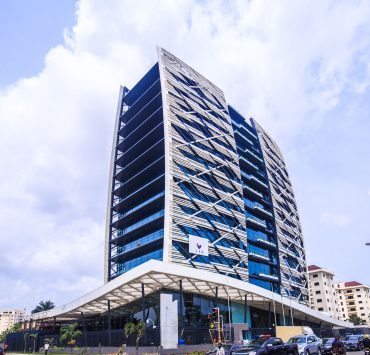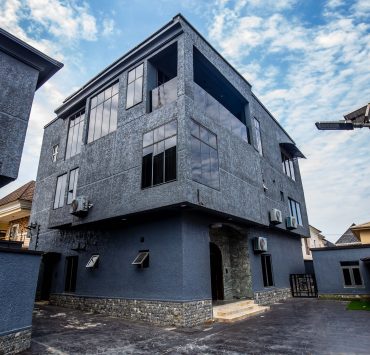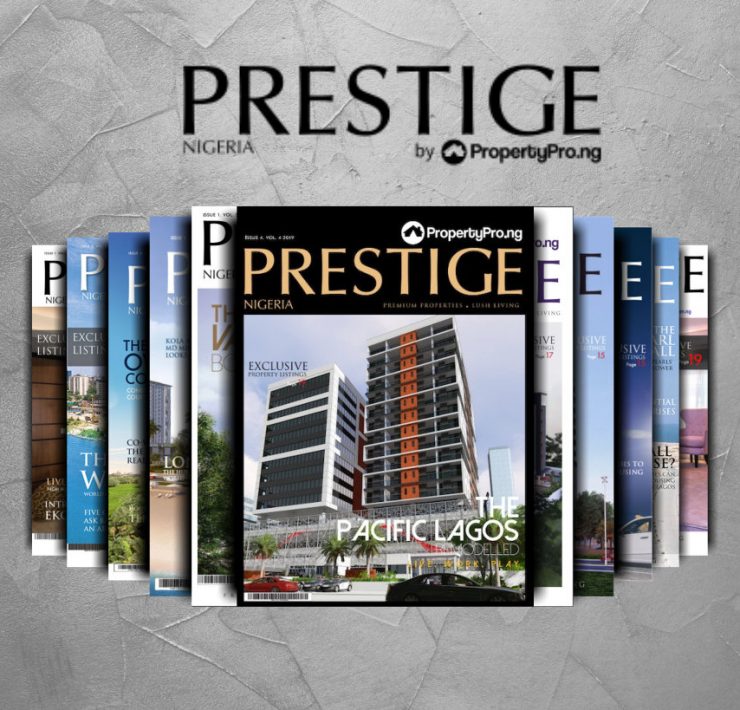Home » THE EFFECT OF SUSTAINABILITY ON THE PROPERTY DEVELOPMENT PROCESS
THE EFFECT OF SUSTAINABILITY ON THE PROPERTY DEVELOPMENT PROCESS

Author: Jide Adekola
What truly is sustainable development? Do we care? Does it matter? How does it affect us? Does it affect your profit? Is it expensive? Is it beneficial? If beneficial, to what stakeholders in the property development process? These are the frequently asked questions and this article will provide an in-depth analysis on them.
Sustainability has been defined in many ways, but generally, all definitions relate to the below parameters:
- The relationship between the environment, the society and the
economy. - Equal distribution of opportunities and resources.
- Living within defined limits (controlled and not wasteful).
The definition established by the United Nations World Commission on Environment and Development states that: “sustainable development is a development that meets the needs of the present without compromising the ability of future generations to meet their own needs.”
The World Business Council succinctly puts the definition thus: “sustainable development involves the simultaneous pursuit of economic prosperity, environmental quality and social equity. Companies aiming for sustainability need to perform not against a single financial bottom line, but the triple bottom line.”
In summary, sustainable development represents a duty of care in general, avoiding wastefulness and not depleting the resources currently available by keeping the future in mind. In addition, it is business execution from a broad viewpoint, considering the impact of development on social, economic and environmental issues, as opposed to considering only the financial impact. In other words, it is thinking about visible/invisible stakeholders that are affected directly or indirectly, asides shareholders.
In Nigeria today, a typical business owner (property developer in this case) is primarily after financial gains. This is extremely important, giving the added obstacles of government policies, tax regulators, building control regulators, safety regulators, poor access to infrastructure, unpredictable prices of building raw materials, investor pressure, source of funds and the list goes on.
The question now becomes, why is sustainability relevant? How does it affect business? To answer these questions properly, we need to understand Corporate Social Responsibility (CSR). Let’s expand our thought processes a little bit.
CSR is known to many as an activity done by a business or entity, outside her primary tasks, to help or contribute to society. It can be viewed as philanthropy, supporting community, donating to charitable causes or in some cases even public relations (PR). While this description is correct, however, CSR goes beyond this.
CSR is also a company’s obligation to be accountable to all stakeholders in all its operations and activities with the aim of achieving sustainable development not only in the economical dimension but also in the socio-environmental dimension. This is basically taking a broader approach to business activities, considering internal processes and operations, and not only external. This shows that there is indeed a link
between sustainability and CSR.
In the light of this, the following describes how CSR may affect property development (PD):
- Direct employment of staff i.e. how they operate and occupy properties.
- The method of actual development i.e. developing sustainable
properties.
Why is this important?
- PD is responsible for 40-50 per cent of energy end-use.
- PD is responsible for 50 per cent of the total waste going to landfill sites.
- PD consumes a large percentage of non-renewable water during construction.
- PD consumes tons of raw materials such as timber, dredged sand, granite, cement and reinforcement. Basically, something is given to get these raw materials out. Is there any replacement?
As we advance, sustainable buildings will be the new attraction to end-users. There is a general surface misconception that sustainability costs more. However, a deeper analysis reveals that it doesn’t necessarily have to be more expensive and creative innovations in development can reduce costs in certain areas to compensate for any possible additional cost incurred in creating the sustainability factor. This, therefore, balances it out.
Facets of Sustainability
Sustainability can be viewed in different aspects of the property development cycle. Some of these aspects are land, finance, planning, design & construction and research & marketing.
Land:
Land is an important consideration in sustainability. Attention must be paid to the possibilities of land contamination, either by natural causes or previous use (eg. former dumping site). It is important to investigate the previous use and land history as this may affect costs in the long run.
Finance:
Sustainable developments have the possibility of attracting funding, grants and support. In developed countries, sustainable development actually gets incentives and discounts (eco-finance) but most financial institutions review environmental impact/risks reports before they consider financing a project. This is where environmental experts advise on the need for insurance, acceptance or management of risks as a recommendation to the application for funding. Other factors considered are regulatory impacts and reputation.
Planning:
Key sustainable issues here are transportation, ecology/site issues and land-use/zoning. It is common knowledge that distance to the workplace/central business district (CBD) is the main factor to successful development. Optimum road conditions and developed transportation systems improve and promote walking, cycling and the use of public transport. This reduces the use of cars, thus leading to a reduction in our carbon footprint, reduction of emissions, etc. Look out for policies and investigate future plans for the government to build streets, bus stops, better security etc. In addition, proximity to local amenities like banks, shops, pharmacies, schools, medical centres, places of worship and children’s play areas are key factors to consider before selecting a location.
Design and Construction:
Key sustainable areas are;
- Reducing carbon dioxide emissions through the adoption of renewable energy
- Minimising Pollution: Construction pollution comes in many forms, thereby making proper waste management a key solution. This can increase profitability and lower construction costs as waste materials are paid when purchased and disposed of. Think of materials delivered and never used, cement caking up, off-cuts from reinforcement, used wood etc. Waste management system is key and results in a cleaner and safer site. This is known to save about 3-5% of building cost.
- Consideration of the Lifecycle Cost. This is when the whole life costing of a building project is taken into consideration. It is important to note that high maintenance costs affect the cost. It is therefore imperative to develop creative designs to mitigate maintenance costs.
- Efficient Usage of Materials: Using water as an example, designing with water-efficient appliances like low-flush toilets, water metering, and leak detection systems can lead to a reduction in waste.
- Health and Well-being. To maximise this, one must pay close attention to the following:
-
- Maximum natural daylight
- Sound insulation
- Decreasing the amount of artificial air-conditioning
- Designing adequate space for occupation
Research and Marketing
- To begin with, one must first identify the target market so as to better align design considerations towards the intended market.
- Research the market and include features that are attractive to the prevalent market strata. Different sustainable features may appeal to different groups. For instance, older people may want proximity to pull-up transport, shops, hospitals etc. The younger generation, however, may prefer proximity to recreation facilities, gyms, pools and other sources of active recreation.
In conclusion, going through the property development process, it is imperative that we put sustainability into serious consideration along the entire journey as sustainable projects will be the new attraction. To stay relevant in a fast-developing world, it is not just important to create smart homes but sustainable homes. This will be beneficial to all income brackets (low, medium and high-income earners). As we task ourselves to be more innovative with sustainability, affordability can still be achieved. We just need to apply ourselves creatively, research more and minimise imitation of the old unsustainable standard. This way we can truly achieve a robust and more SUSTAINABLE environment.

Jide Adekola is one of the co-founders of Homework Development and a registered architect. He has gathered hands-on experience in architectural consultancy, project management and construction with some of the topmost architectural and real estate firms in the country. He holds two MSc. degrees in property development from Birmingham City University, UK and architecture from the University of Lagos.



